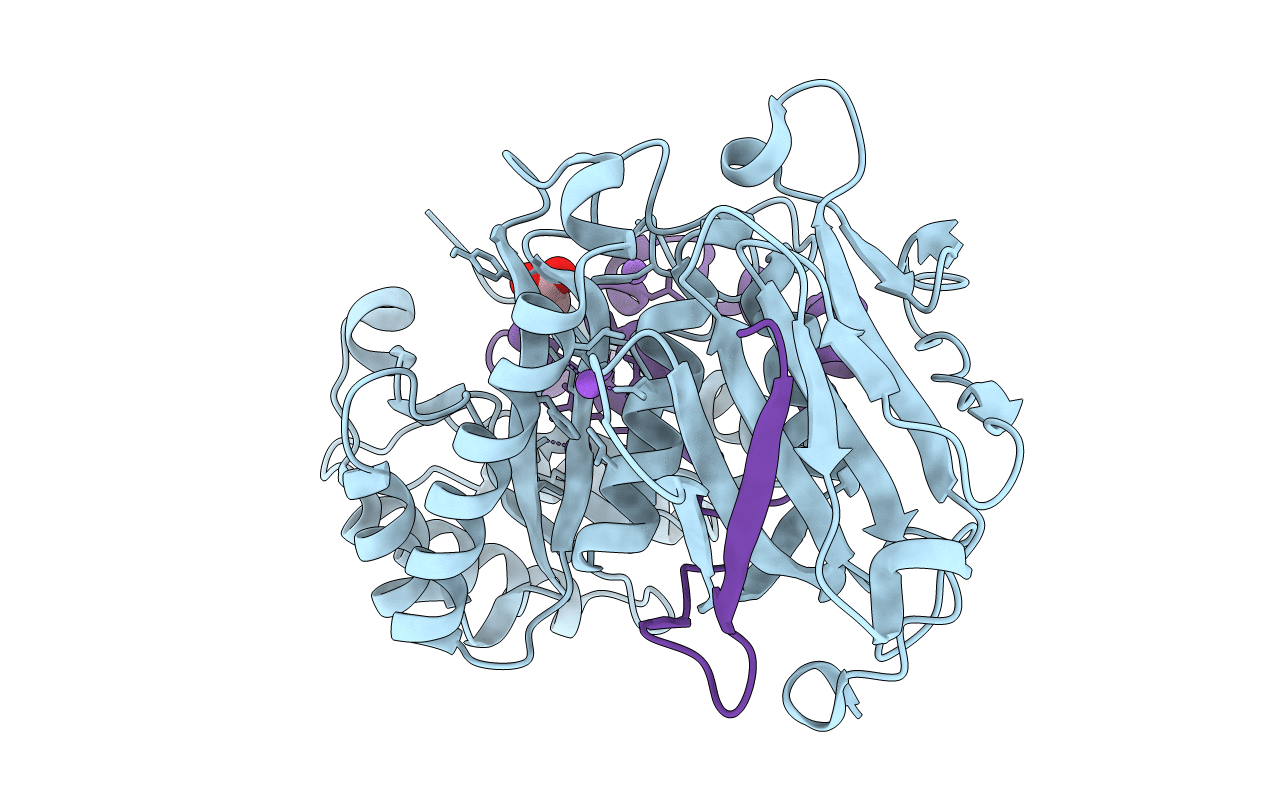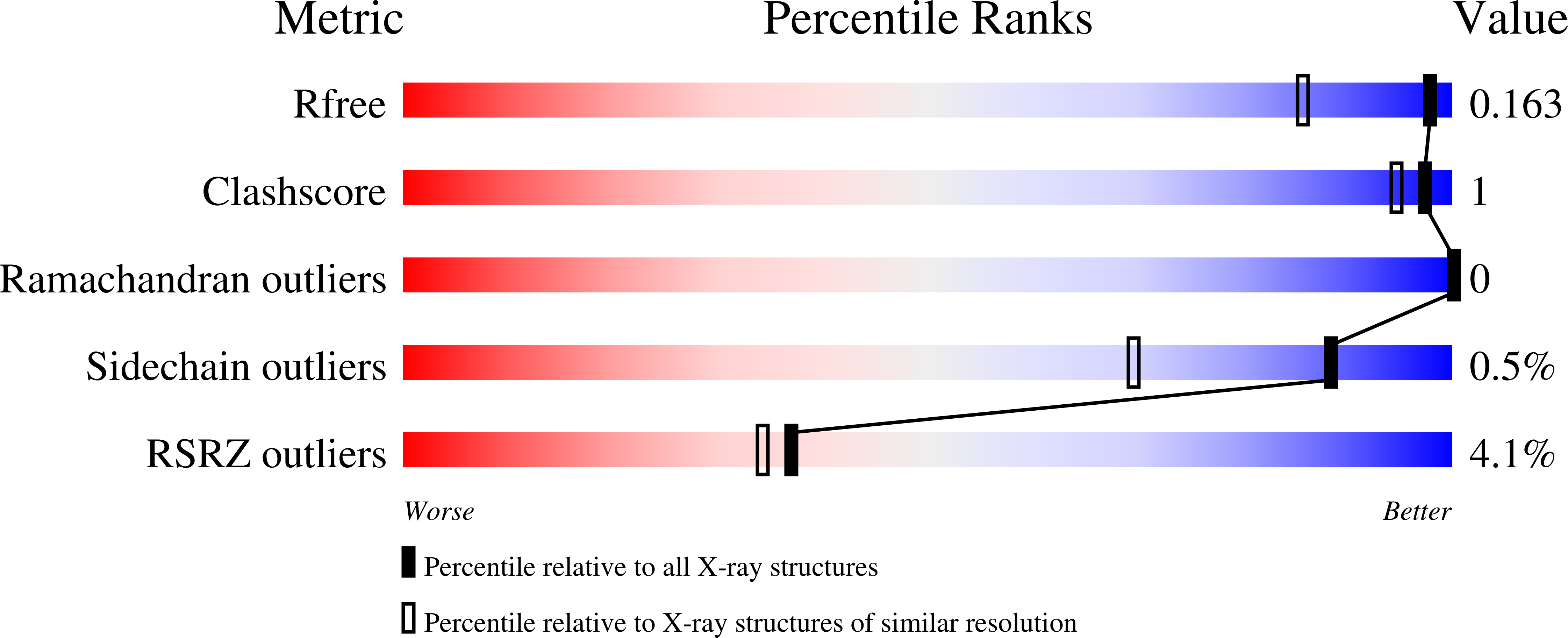
Deposition Date
2021-07-14
Release Date
2022-03-02
Last Version Date
2024-10-30
Method Details:
Experimental Method:
Resolution:
1.30 Å
R-Value Free:
0.16
R-Value Work:
0.14
R-Value Observed:
0.14
Space Group:
P 21 21 21


